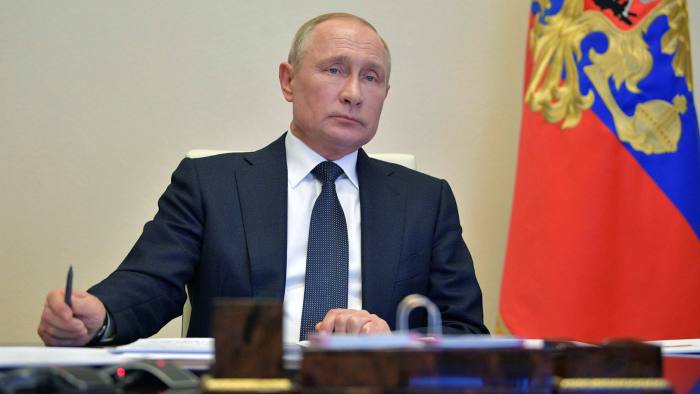Oil prices could move considerably higher than the already elevated level of $100 per barrel (India’s comfort level is $65). Three of the world’s biggest oil producers, Venezuela, Iran and Russia now face sanctions.
The Indian economy could do without any more shocks as it consolidates a steady post-Covid recovery. However, Russia’s invasion of Ukraine will threaten the one chink in India’s armour; its almost total dependence on imported crude oil to meet its energy requirements. Depending on the extent of Russia’s aggression and the response of the US and EU, oil prices could move considerably higher than the already elevated level of $100 per barrel (India’s comfort level is no more than $65). Three of the world’s biggest oil producers: Venezuela, Iran and Russia now face sanctions.
Fortunately, the health of India’s balance of payments is robust. Foreign exchange reserves are over $600 billion. The level of exports is at an all-time high relieving some of the usual pressure on the current account deficit. And India continues to be a large recipient of Foreign Direct Investment, which is a stable inflow of foreign exchange (just like exports) unlike Foreign Institutional Investment which can be fickle. In fact, the war in Eastern Europe and a likely reversal of loose monetary policies in the West at some point this year will inevitably lead to some “flight to safety” of capital. But there is enough cushion, even with elevated oil prices, to avoid serious instability like the kind that was witnessed in 2013 with the taper tantrum.
The challenge will come on two other critical metrics of economic well-being: inflation and the fiscal deficit. The global economy is already experiencing unprecedented levels of inflation driven mostly by the pumping of large amounts of cheap liquidity as a response to the Covid crisis. In particular, this has hardened the prices of commodities which then feeds into inflationary expectations for the rest of the economy. In India, inflation measured by the Consumer Price Index (CPI), the most relevant metric because that is what the proverbial Aam Aadmi feels, has been at around the 6% level for a while. By historical benchmarks, this is not particularly high. Even by the more contemporary inflation targeting framework, it is within the +2% range over the target 4%. That is why, so far, RBI has taken a sanguine view of inflation and continued to favour growth with lower interest rates. Runaway oil prices may change that, forcing the RBI to act thereby potentially dampening growth.
The Government is not without options. The retail price of petrol, diesel and other petroleum products is at a record high because the Union Government has used excise duties (states have used VAT) to mop up revenue at a time when other taxes have not been so buoyant. Approximately, 40%-50% of the retail price of petrol and diesel is on account of taxes to the Union and state governments. Some states have recently cut rates of VAT. The Union Government could also to do so, relieving pressure on inflationary expectations.
However, that would either lead to an increase in fiscal deficit or to a cut in government expenditure. At a time when Government spending remains the main engine firing the economy, a squeeze on expenditure is unwise. At the same time, an enlarged fiscal deficit only reduces the resources available for the private sector to invest while making borrowing more expensive. The Government is in an unenviable position when oil prices bound out of reasonable range. There will have to be some compromise on either inflation or the fisc (which would ultimately affect growth at this juncture).
This is yet another reminder that the one sector in which India needs to attain Aatmanirbharta as quickly as possible is energy. In terms of domestic oil production, the country is on a downward trend as many of the producing fields are ageing and require expensive technology and big investment to even maintain production at current levels. India does have huge potential reserves which can be explored. However, the window for oil is closing, particularly in terms of attracting big ticket foreign investment. Most global majors in oil are diversifying away to renewable energy under pressure from investors and governments. India will still need oil for a decade or two. The case for incentivizing exploration and production remains strong, at least for the next five years. After that, it may be too late.
In the end though, some additional production of oil domestically cannot solve India’s energy dependence problem, which will only grow as India becomes richer. For that, renewable energy and associated technologies are the only path forward. For India, what happens at the international treaty level on climate change is important but not critical. It must double down on new energy sources and associated infrastructure, whether or not the rest of the world commits to doing so. The recently released policy for Green Hydrogen is a right step in this direction. Perhaps it’s also time to relook at some of the Production-Linked Incentives schemes, only a fraction of which were allotted to “green” sectors. In addition, R&D support from the Government must be stepped up and deployed in collaboration with the private sector.
India needs to quickly fix the chinks in its economic armour in an uncertain world.
The author is Chief Economist, Vedanta.

